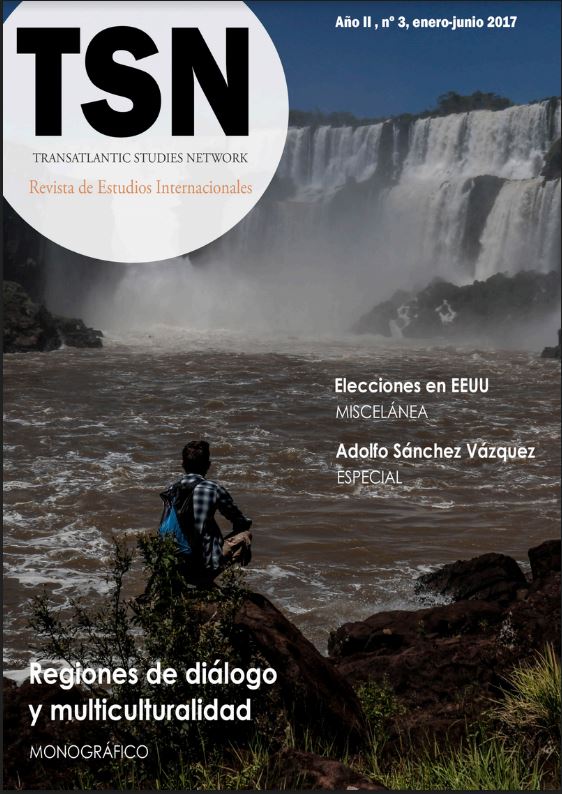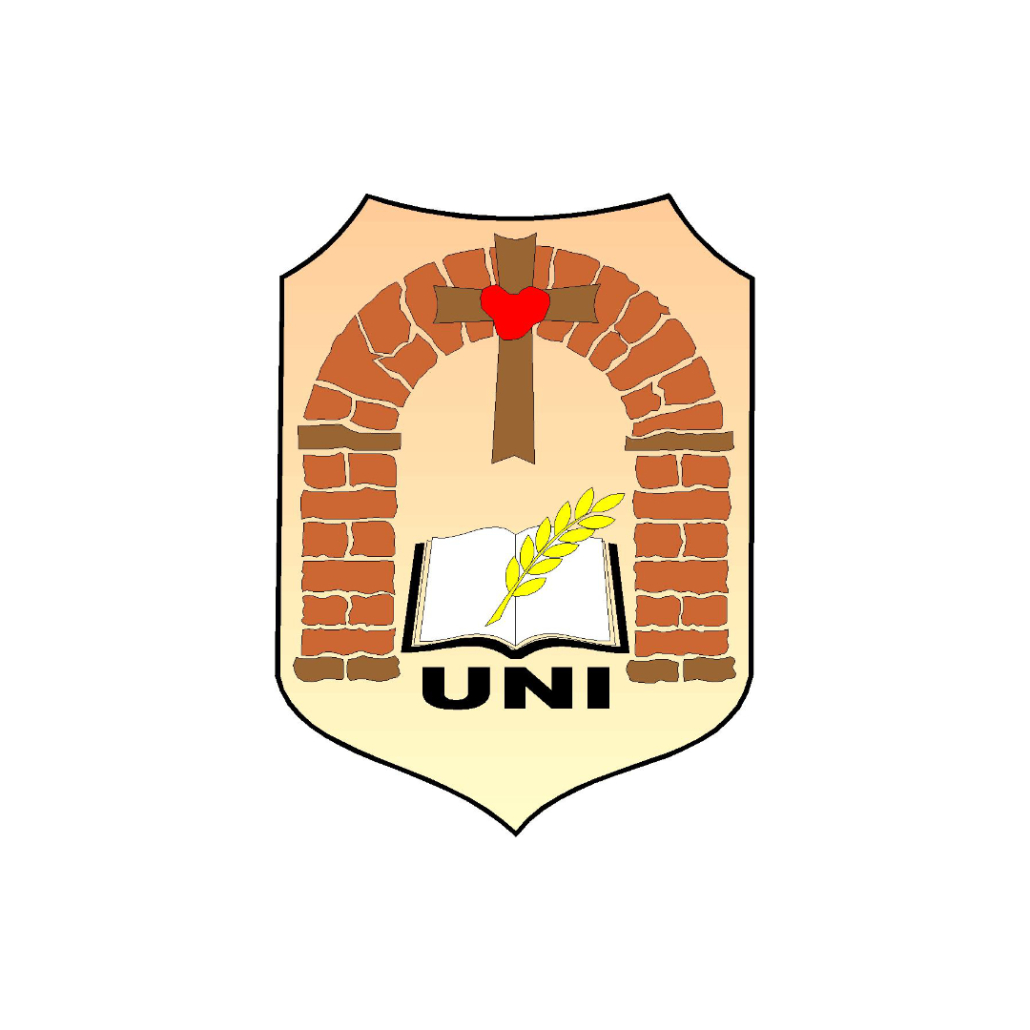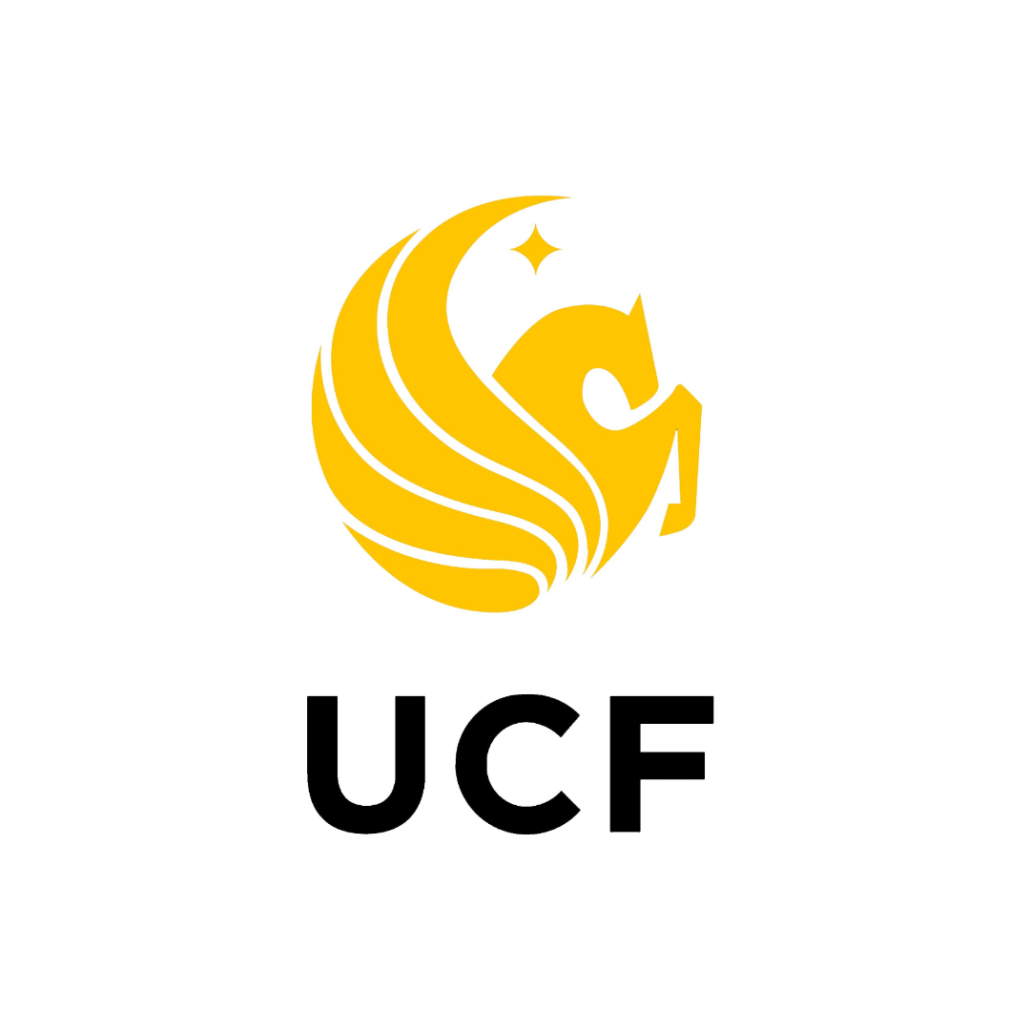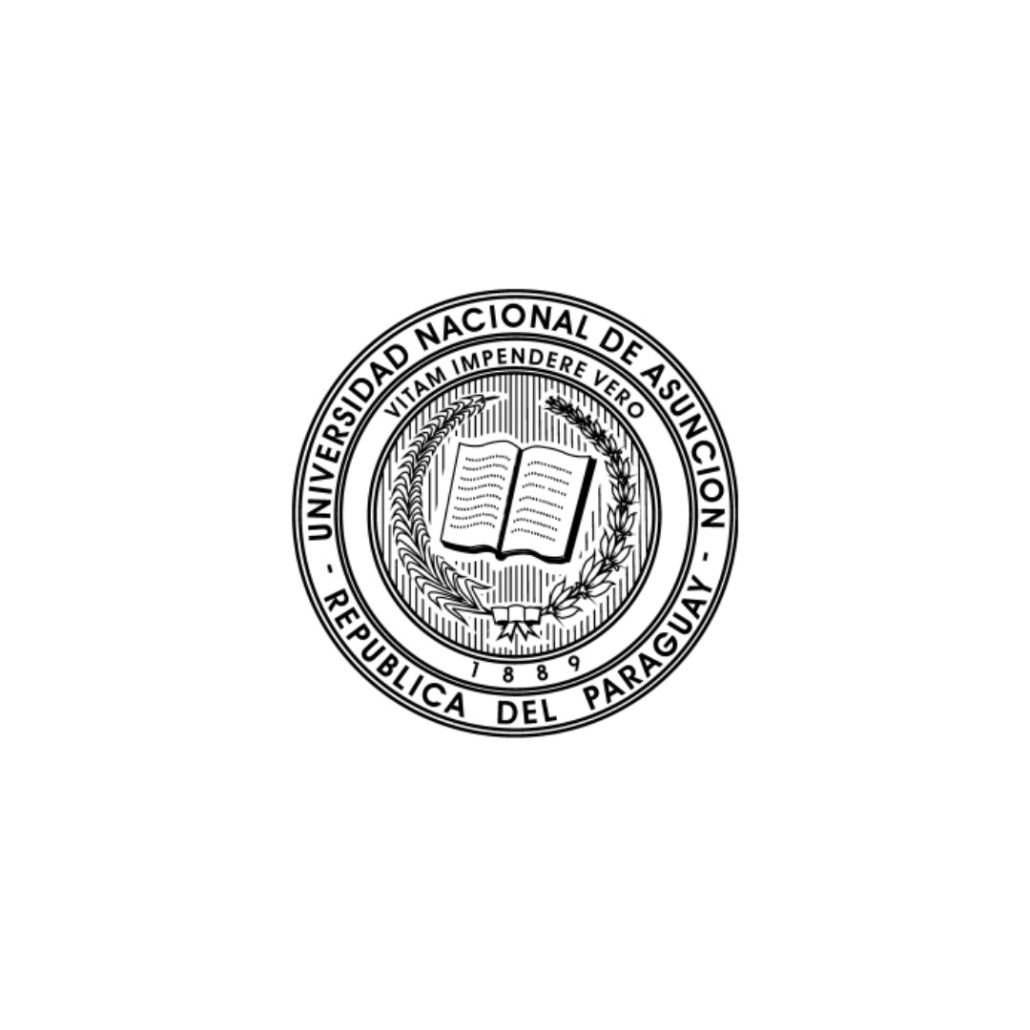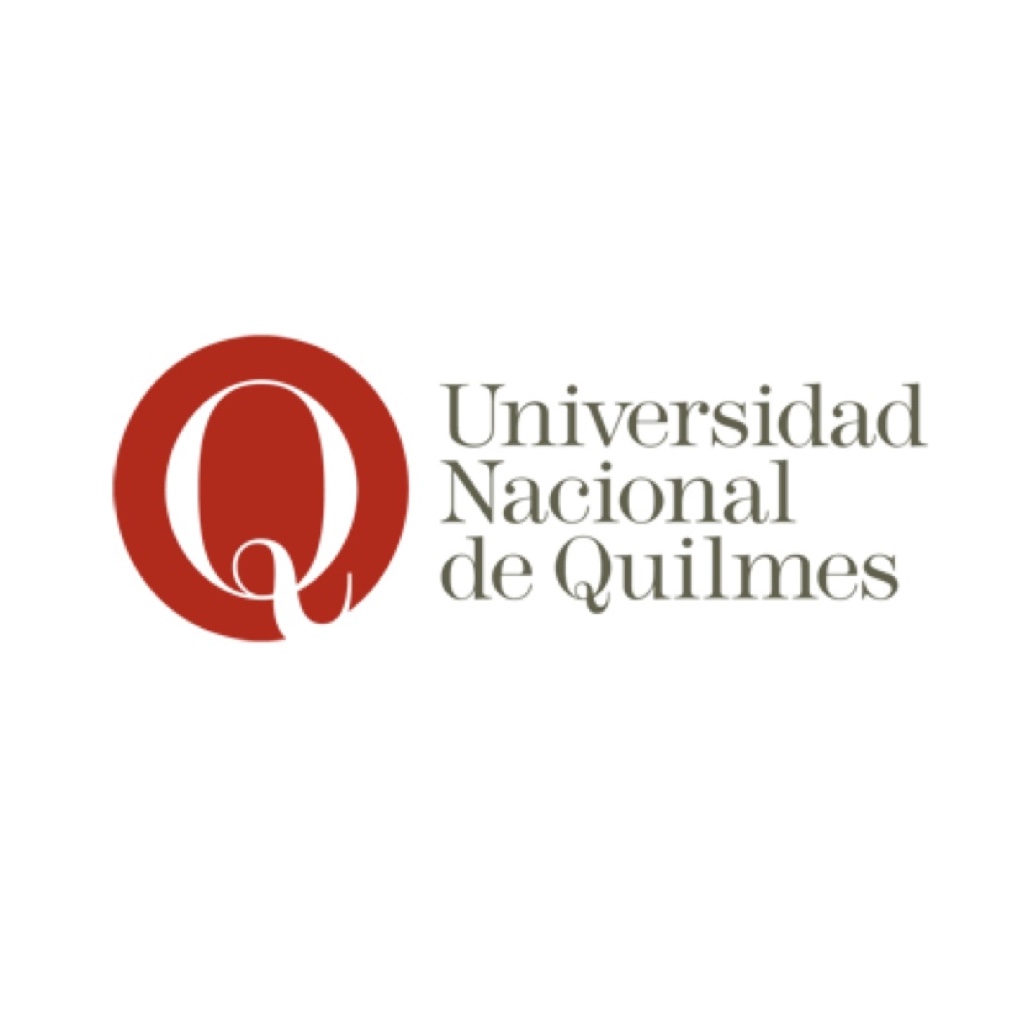Symbols and places of memory around the Constitution of 1812
DOI:
https://doi.org/10.24310/tsn.3.2017.19395Keywords:
Liberalism, Symbols, Constitution of 1812Abstract
About forty years ago, historian Albert Derozier brought out how, following reformist initiatives undertaken by the learned and with the Napoleonic invasion, politics first became popular among the rest of the people, contributing to the first experience of liberal power in Spain, which was symbolized in the Courts of Cádiz and in the Constitution of 1812, a constitution which proclaimed national sovereignty, established the division of powers and which, among other principles and liberties, consecrated personal and civil freedom, the right to property, freedom of press, procedural equality or inviolability of the home. However, all this in itself was not enough. The emerging history that liberalism was beginning to write also needed new symbols to substitute the old icons of absolutism, which had been warped by monarchic and religious plots and by new rituals and demonstrations of a civic nature which would convey the value of freedom to future generations. The aim of this page is to reflect not only on the above, but particularly on the political trend that brought about the creation of these rituals and symbols.
Downloads
Metrics
Downloads
Published
How to Cite
Issue
Section
License
Copyright (c) 2024 TSN. Transatlantic Studies Network

This work is licensed under a Creative Commons Attribution-NonCommercial-ShareAlike 4.0 International License.

